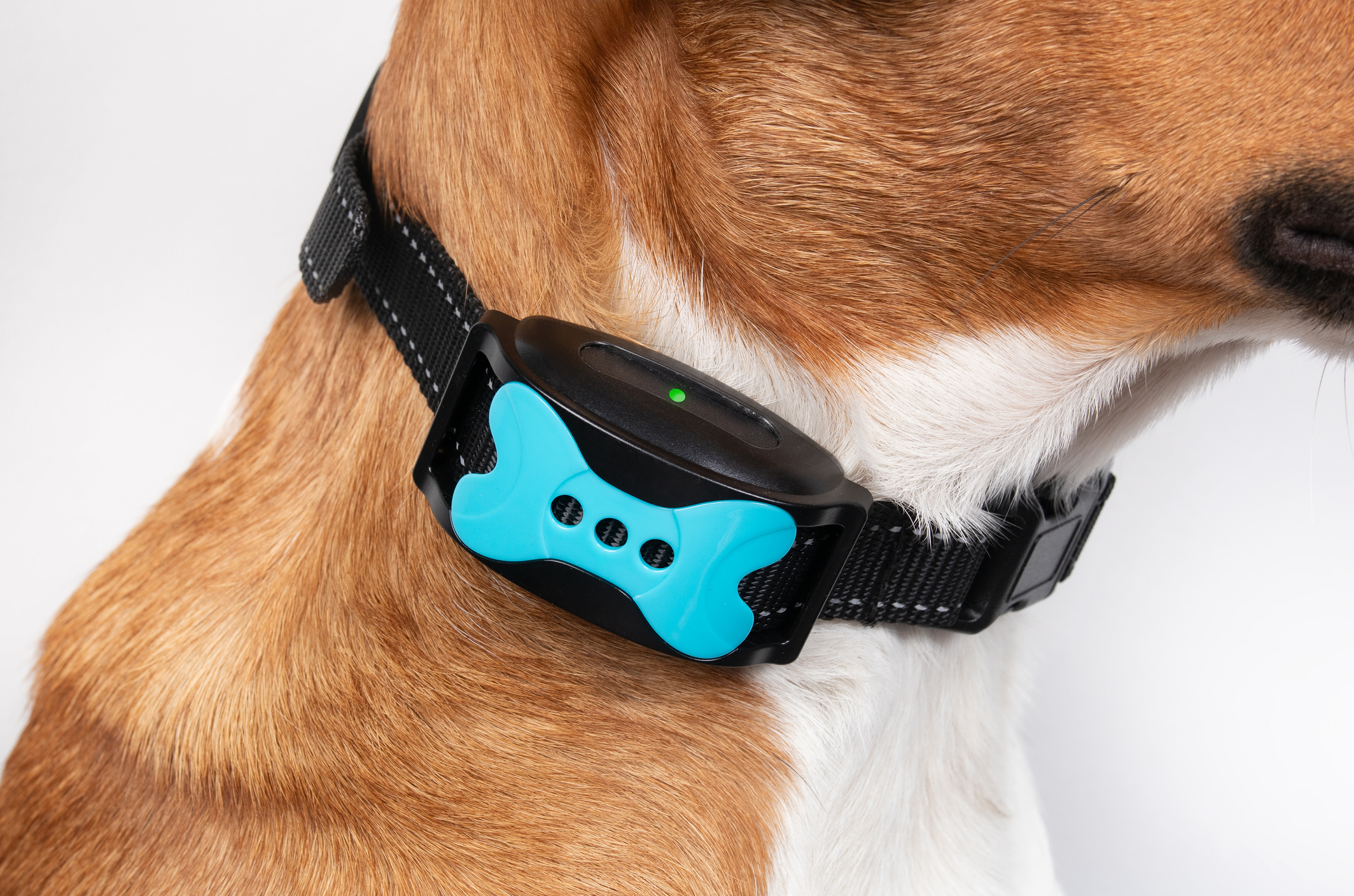E-collars (also known as remote collars) have long sparked debate in the dog training world. But when used correctly, they are not about shocking dogs into submission, they’re about adding clarity, precision, and safety in high-stakes scenarios. Here’s what both expert trainers and scientific studies reveal.
Why Are E-Collars Being Used Even When Top Trainers Are Great at Positive Reinforcement?
Many balanced trainers who skillfully use reward-based methods (R+) still rely on e-collars. They often say:
“I can get 90% of the way there with R+, but for bombproof reliability, I need the collar.”
How E-Collars Help:
- Precise Remote Communication: The stimulation cuts through noise, distance, and distraction, like calling a dog off wildlife mid-chase.
- Reliability Under Arousal: Even well-trained dogs may ignore recall when over-stimulated or panicked. E-collars provide non-verbal, tactile input that reaches through that mental fog.
- Instant Accountability: Trainers can instantly interrupt behavior at a distance without needing a leash, treat, or verbal command.
Especially Effective For:
- Off-leash recall
- Wildlife or livestock aversion
- Hunting dogs, search and rescue (SAR), K9 units
Science vs. Real-World Performance: What’s Actually Measured?
Most studies evaluating e-collars focus on:
- Basic pet obedience
- Dog stress levels
- Owner satisfaction
But expert trainers care about:
- Reliability under distraction
- Safety in high-stakes situations
- Dogs with serious behavioral challenges (e.g., aggression, compulsion, prey drive)
So, while science might ask: “Did the dog sit or recall after three sessions?”
A professional trainer asks: “Will the dog recall at 200 feet, mid-chase, through adrenaline, every time?”
E-Collars Bridge the “Latency and Arousal” Gap
R+ methods can struggle to reduce latency (how fast a dog responds) under:
- High arousal or frustration
- Intense drive (e.g., prey)
- Overwhelming environmental distractions
With proper conditioning, an e-collar cue works like a digital leash tug, reliably snapping the dog out of the moment and back into focus.
Even R+-leaning professionals admit:
“I can’t reliably override that kind of arousal with a clicker and chicken.”
Clarity Brings Calm: Why E-Collar-Trained Dogs May Be More Relaxed
Well-trained e-collar dogs are often more confident and calmer because:
- They understand the rules with black-and-white
- There’s less handler anxiety and owners feel safe granting freedom.
- Mixed signals and frustration disappear, especially in stubborn or sensitive breeds.
Surprisingly, over time, fewer corrections are needed.
It’s Not “Aversive vs. Non-Aversive”—It’s a Layered Approach
Elite trainers don’t use e-collars as punishment tools. Instead, they:
- Condition the stim like any other cue, not as a threat.
- Use it as negative reinforcement (R−) (i.e. giving the dog the opportunity to eliminate pressure by doing the right thing).
- Combine the collar with positive reinforcement, play, and praise.
In this way, the e-collar becomes like reins on a horse. It’s a communication aid, not a punishment.
What Do the Studies Really Show?
1. Johnson & Wynne (2024) – MDPI “Lag-Chase” Study
- Goal: Suppress lure-chasing behavior.
- Finding: E-collar group learned fastest; no physiological stress detected (fecal cortisol). Minor vocalizations at first use, but no ongoing fear.
- Conclusion: Behavior-contingent, well-timed e-collar use was humane and effective in high-arousal contexts.
Citation: Johnson & Wynne, 2024, MDPI
2. Schalke et al. (2007) – Applied Animal Behaviour Science
- Goal: Compare predictable vs. random shock effects.
- Finding: Predictable, behavior-linked stim did not raise stress hormones (cortisol). Random shocks caused a 327% cortisol spike.
- Conclusion: Predictability and timing are critical for welfare.
Citation: Schalke et al., 2007, Applied Animal Behaviour Science
3. Mills & Cooper (2020) – Frontiers in Veterinary Science
- Goal: Compare e-collar vs. reward-based training.
- Finding: No performance advantage found for e-collars. Some dogs showed tension cues (e.g., yawning), but cortisol levels did not differ. Emphasis on pet-level training.
- Criticism: Lacked real-world test criteria (e.g., recall under prey drive). Outcome measured via owner surveys, not field-tested reliability.
Citation: China, Mills & Cooper, 2020, Frontiers in Vet Science
Summary: Two Worlds, Different Standards
| Feature | R+ Only | Balanced with E-Collar |
| Scientific Studies | Effective in low-arousal, novice-friendly contexts | Often misrepresented or excluded |
| Expert Practice | Often sufficient | Enables safety-level reliability |
| Stress Levels | Low during early training | Low when conditioned predictably |
| Reliability Under Arousal | Often fails | Maintained via tactile cue |
| Risk of Misuse | Low | Higher without proper training—requires ethics and timing |
Final Takeaway
E-collars are not inherently aversive—they are tools. When used by trained professionals in a behavior-contingent, predictable, and layered way, the science and practice agree: E-collars can be both effective and humane.
For dogs with strong drives, safety-sensitive roles, or those needing off-leash freedom, a well-trained e-collar approach offers unparalleled control and clarity without fear.



